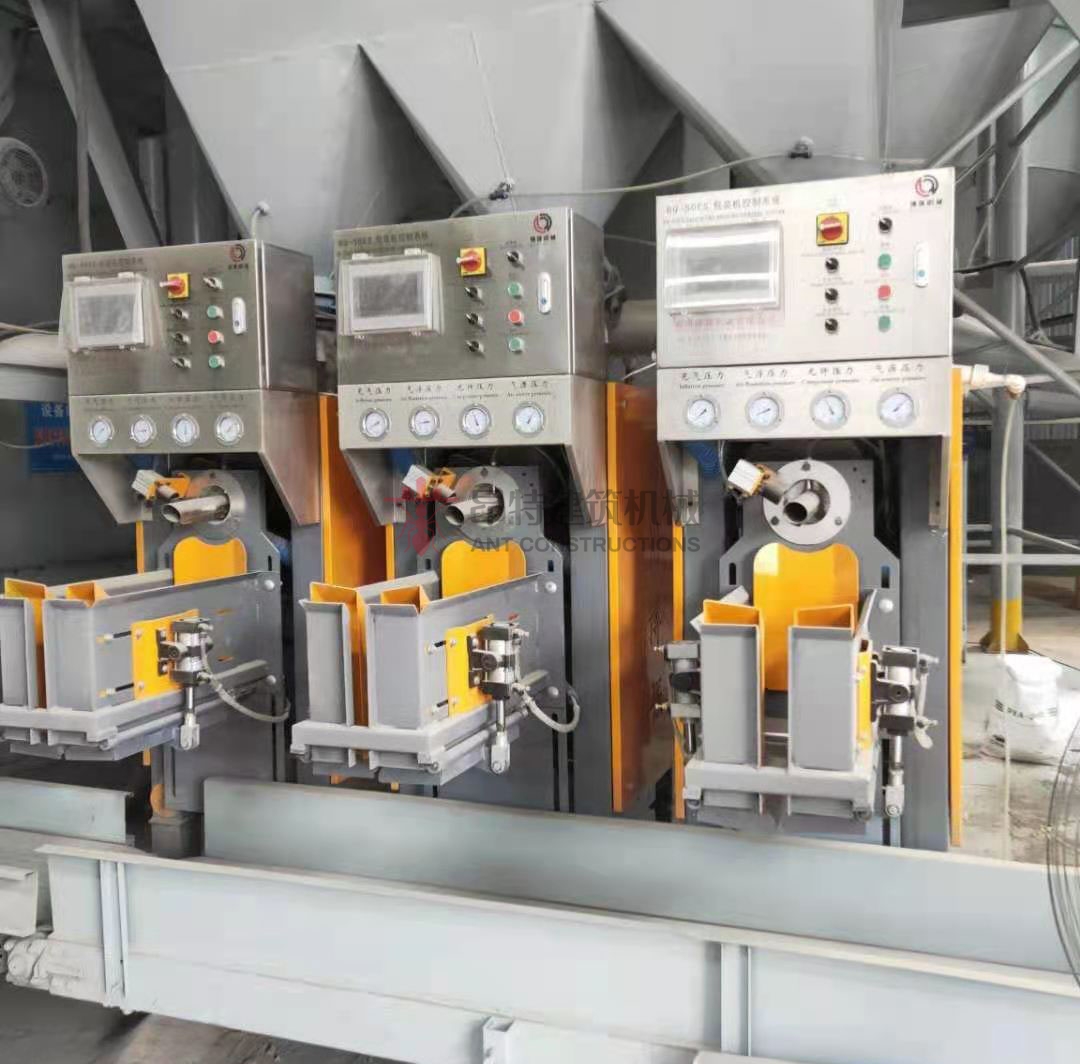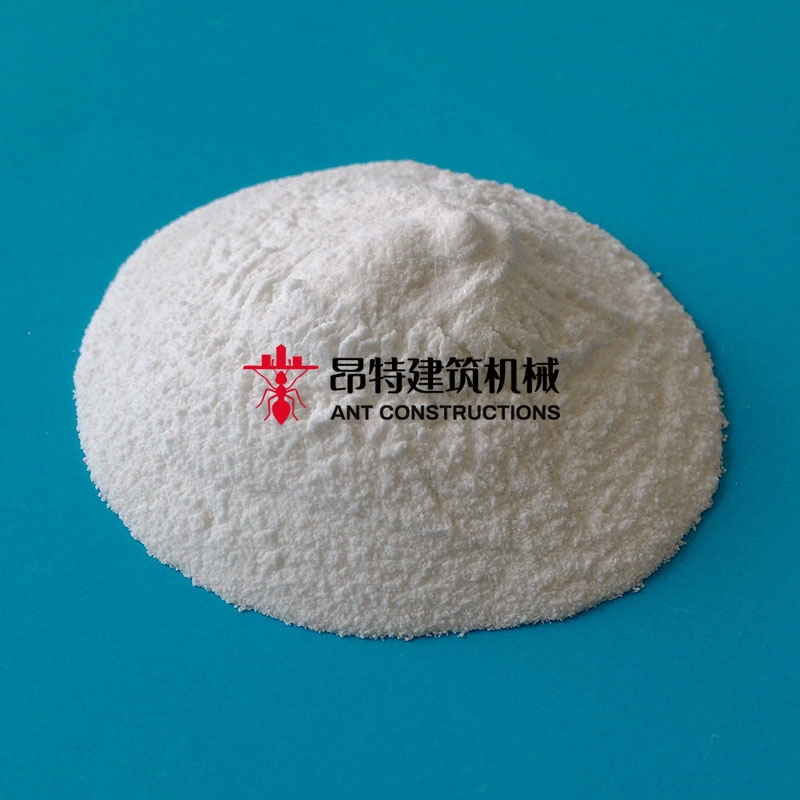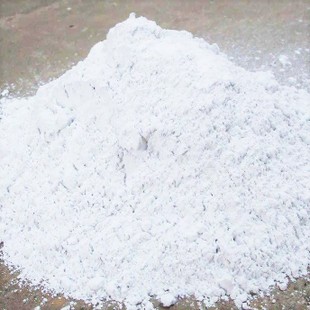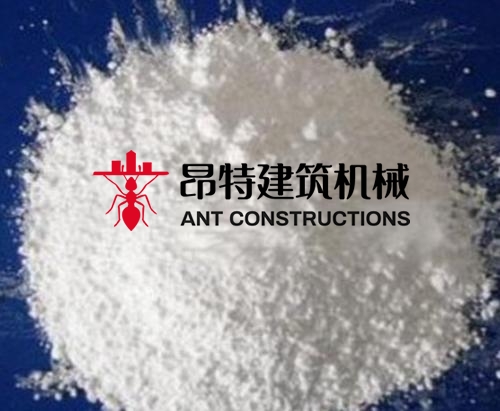Expert way to make exterior and interior wall putty
Author:ANT CONSTRUCTIONS Comefrom: Createdate:2020/11/17 15:19:56 Hits:451
How to choose raw materials and make exterior and interior wall putty

The main components of interior and exterior wall putty powder
Wall putty divided into four parts: masterbatch (complex chemicals), aggregate, filler and additives. The masterbatch mainly includes redispersible polymer powder, cellulose, lignin or polypropylene fiber, aggregate generally refers to cement, lime calcium powder, gypsum powder, etc., and additives refer to brighteners, whiteners, early strength agents, and water reducers.
Complex chemicals-exterior and interior wall putty
Redispersible polymer powder-exterior and interior wall putty
The function and purpose of redispersible polymer powder. Redispersible polymer powder is a powder adhesive made from a special emulsion (high molecular polymer) spray-dried. This powder can be quickly redispersed into emulsion after dissolved water, it has the same properties as the initial emulsion, that is, a film can be formed after the water evaporates. This film has high flexibility and high weather resistance, it is high adhesion to kinds of substrate. Redispersible polymer powder is an indispensable basic raw material for "green environmental protection, building energy saving, high-quality multi-purpose" powder building materials of dry-mixed mortar and wall putty powder. It can improve the flexibility and deformability of putty , wear resistance, toughness, adhesion and water retention capacity, workability. In addition, the water-repellent polymer powder can make the putty have good water resistance
Cellulose -exterior and interior wall putty:
There are many kinds of cellulose on the market at present, both domestically produced and imported are available. The commonly used dry-mixed powder materials are MC, HPMC, and CMC. In terms of viscosity, there are low viscosity, medium viscosity and high viscosity. Cellulose with different viscosity has different applications. Carboxycellulose CMC and Sodium Carboxylic Starch (CMS) with the prefix "Carboxy" are cheap. They are used in low-grade putty powder for interior walls. They have a certain thickening and water retention effect and can increase leveling, but they cannot be used in waterproof putty. . Because these cellulose happen chemical reaction with cement and lime-calcium powder. Hydroxypropyl methyl cellulose (HPMC) have stable chemical properties and good water retention effect, it not affected by changes in PH value. The viscosity can be used from 50,000 to 200,000 Mpa.s. But in production, it doesn't mean the higher viscosity the better wall putty. The viscosity is inversely proportional to the bonding strength. The higher the viscosity the lower the strength. Generally, the viscosity between 50,000 and 100,000 Mpa.s is suitable for producing putty powder, it mainly used for increase leveling.workability, can reduce the usage of cement. Another reason to use HPMC is the cement mortar has a solidification period, it needs certain opening time for workability and water is needed to keep it's moisture. Regarding the quality of cellulose, it is mainly viscosity which can be tested with a rotational viscometer, or a simple method can be used for comparison. In comparison, take 1 gram of cellulose of the same viscosity, add 100 grams of water, and put it in a disposable cup while pour it in to observe which one has the faster dissolution rate, better transparency, and better thickening effect. The better the transparency, the less impurities.
Lignin-exterior and interior wall putty
also known as short wood fiber, is mainly used to resist cracking in putty and mortar. Lignin is dispersed in water as short fibers one by one. There are two criteria for identifying the quality of lignin: one is that dust is left after turning the lignin in the hand, that is impurities. The more impurities the worse of the quality. The second is to put a little lignin into a disposable cup. The better the dispersion the better quality, that means it is easy to disperse when added to the powder material and will not agglomerate.


Inorganic binding materials-exterior and interior wall putty
In addition to polymer dispersible latex powder, internal and external wall putty powder must also have inorganic binding materials, that is, aggregates mainly include cement, lime calcium powder, and gypsum powder.



Cement-exterior and interior wall putty
general cement grades above 32.5 can be used, special functional putties need to choose special cement accordingly, such as fast-drying, slow-drying, early-strength, extra-strength and so on. Black cement has better overall performance than white cement, such as strength and aging resistance, but white cement can save the base primer for the putty surface layer. Three issues should be paid attention to in the selection of cement in the production of putty powder:
1.1 Select the correct brand and find out whether there is a fake. One is fake brand, and the other is poor quality. There is a lot of impure cement in the market. Black cement is mixed with a large amount of fly ash, white cement is added with a large amount of lime powder, so-called multifunctional cement in many areas across the country. This is the case. The appearance of this kind of cement is similar to standard cement, but the function actually greatly reduced. The quality of the wall putty powder is unstable and it will appear de-powdering, cracking, bubbling and not resistant to aging if used this kind of fake cement.
1.2 Cement storage time should not be too long, especially in humid areas. Generally, it should not exceed one week. Cement is susceptible to damp deterioration, failure or efficiency reduction. Similarly, the finished putty powder containing cement should not be stored for too long, otherwise it will cause the cement composition to become invalid and cause unnecessary economic losses.
1.3 No mattter it is black cement or white cement, the putty layer should be 1-2mm, and the fineness must be at least 400 mesh, especially for smooth putty of fluorocarbon paint, the cement is required to be very delicate and the fineness must be reach 60 mesh. If the cement product contains impurities, even a small amount of impurities and particles, it will affect the construction quality of the putty powder, and traces may appear on the finish during scraping.
Hydrated lime powder-exterior and interior wall putty,
it is calcium hydroxide with a molecular formula of Ca(OH)2, which is a commonly used inorganic bonding powder material. It is made by selecting, calcining, aging and crushing limestone with a certain amount of cold water. It mainly acts as a bonding agent in the putty powder and can achieve waterproof and water-resistant effects. Because the hydrated calcium powder happen chemical reaction with CO2 in the air to generate CaCO3 that is insoluble in water, so as to achieve the effect of waterproof and water resistance. The content, whiteness, fineness, moixture sunction ability and other properties of hydrated calcium powder have a great influence on putty powder, mainly depends on the content of calcium oxide and calcium hydroxide. Because CaO+H2O=Ca(OH)2 is an exothermic reaction, that is to say, adding water to quicklime becomes hydrated lime. A large number of tests have proved that the hydrated lime powder in Guangxi Guilin, Xing'an, Jiangxi Xiajiang is quite stable, the hydrated lime in these areas has a small moixture sunction, good whiteness, does not erode hands, and the moixture sunction rate is generally around 1:0.5, while in Henan, Shandong, and Zhejiang the moixture suction rate of hydrated lime powder is about 1:1. The larger the moixture suction rate the more unstable, it is easy to crack and getting yellow when scratched on the wall.

Filling material of putty powder.
These fillers are mainly stone powder. The most common ones are heavy calcium powder, old powder, wollastonite powder, marble powder and so on. Generally, heavy calcium powder is produced in many places and is also cheap. Heavy calcium powder is divided into calcite powder and dolomite powder. The color of calcite powder is whiter. Heavy calcium powder is a chemical name. Heavy calcium powder has a high specific gravity, is easy to precipitate, and has a poor coverage rate. The advantage is that it has a large production area, good whiteness, and low price. Therefore, it is widely used. In the putty powder production formula, the effect is better when mixed with light hydrated lime powder. It is made of talc ore and its chemical composition is 3MgO.4SiO2.H2O, which is a monoclinic crystal. It has a slippery feel. Adding about 10-20% of the putty powder can greatly improve the workability and leveling of the putty and external thermal insulation powder, enhance the strength of the coating film, and enhance the anti-cracking effect and weather resistance. And the price is low.














